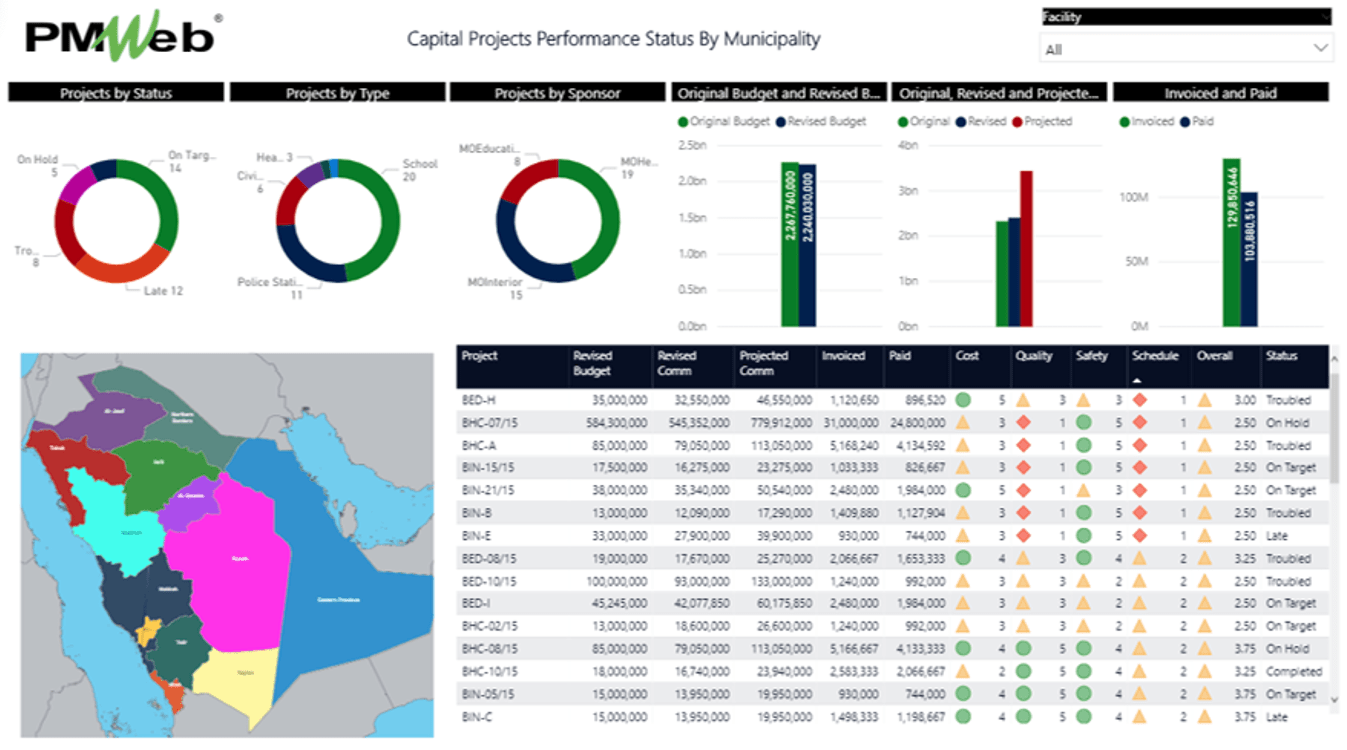For entities who are involved in delivering capital construction projects, senior executives continue to depend on others to prepare their periodical progress reports of the achieved projects’ performance. In other words, those executives have no other choice but to accept the projects’ performance reports being shared with them to give them the insight to make decisions and take actions.
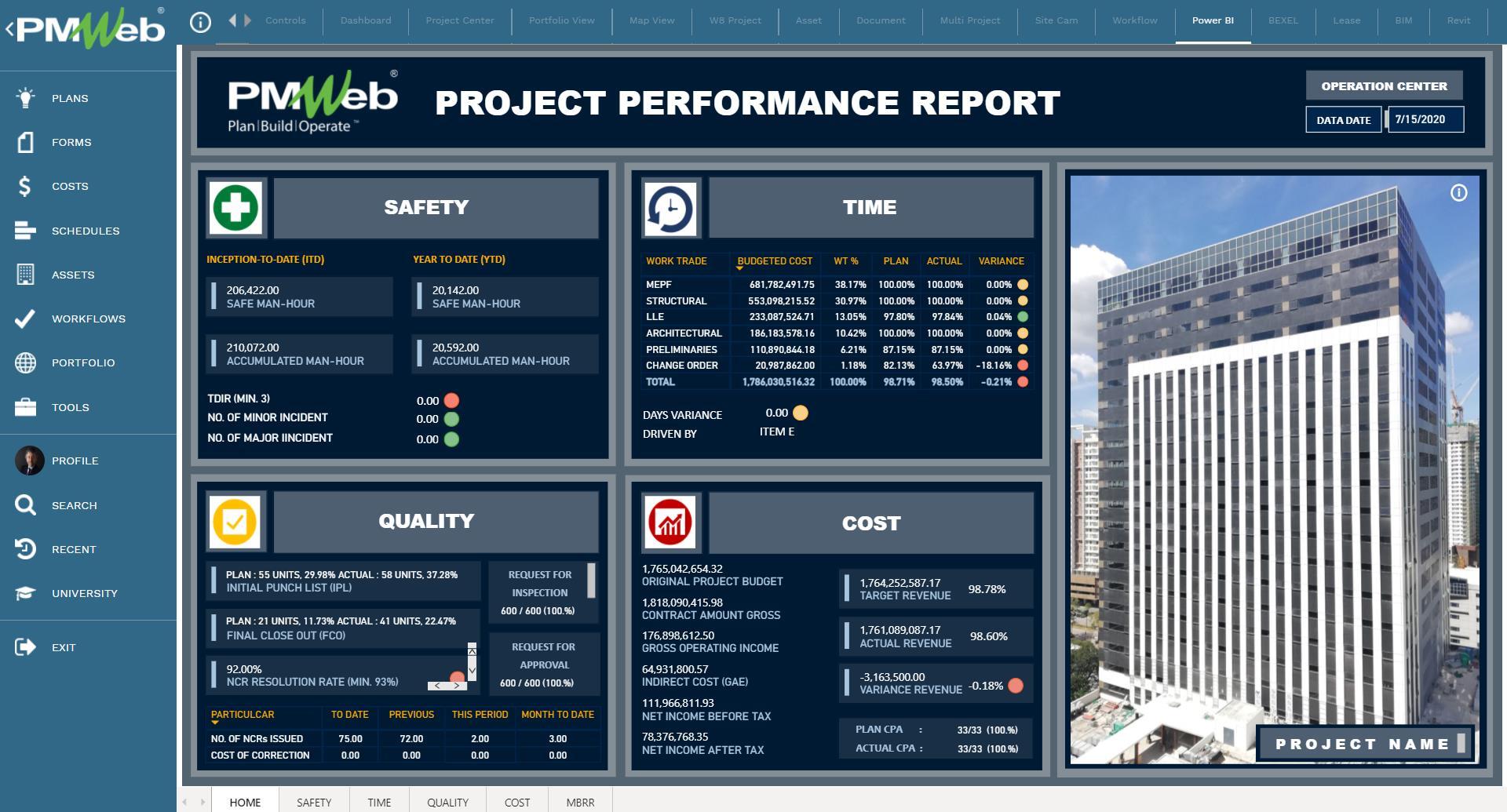
There are four key signs that will tell those executives that the reported capital projects’ performance is not trustworthy. The first of those signs is when projects performance is always on or ahead of the planned performance. It is a known fact that regardless of how good a project is analyzed and planned, their many unplanned incidents and events that could encounter a project for which they could result in deviating from what was originally planned. Every project including capital construction projects will have issues that need to be resolved to ensure that the project remains on course.
The second sign is when executives do not get timely and well-documented answers to explain the reported performance. Executives who continue to have the excuse that time or more time is needed to provide the requested details should start questioning the trustworthiness of the reported performance. A third sign is when no one wants to be held accountable for the content of the reported performance. Executives who are prevented to trace the source of the reported performance will always question the validity of the reported performance.
The last sign is when past periods’ performance is not readily available for the executive to compare the performance variance between selected periods. The performance history of every single project should not be manipulated and need to be available to enable detecting performance trends and their impact on future results. Those signs are the symptoms of having the risk of failed project performance reporting. Treating this risk requires establishing a culture of transparency and accountability for reporting capital construction projects’ performance. To start with, there should be a clear hierarchy of what the performance report should cover. For example, it could be the performance status of the project’s schedule, cost, quality, healthy, safety and environment (HSE), risk, procurement, sustainable development, formal communications, documents, and maybe others. Each one of those categories should have its own performance report that details the specific performance measures for business processes covered under that category. For example, the HSE dashboard includes the measures for Lost Time Injuries (LTI), Lost Time Injury Frequency Report (LTIFR), and others.
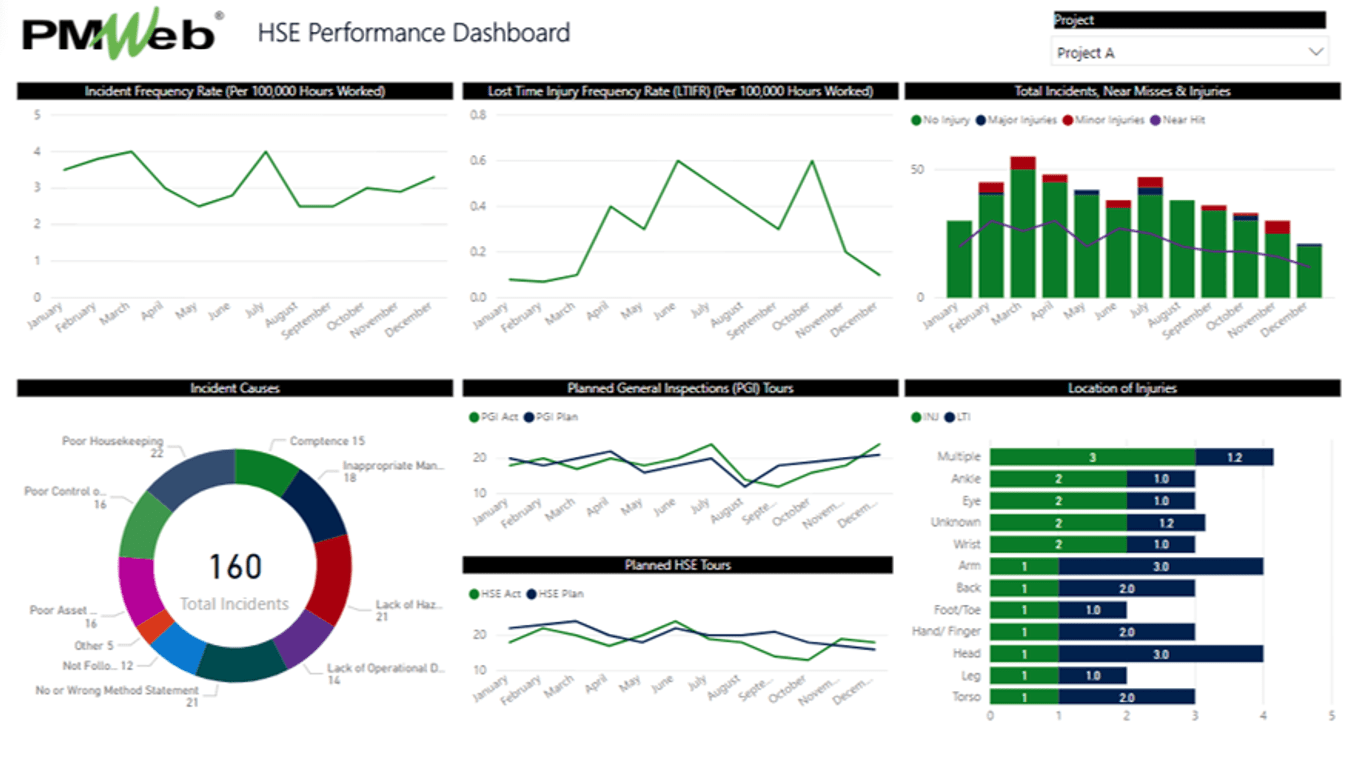
In addition, tabular and/or graphical reports should be made available for the different business processes used to calculate the reported performance measure. For example, The LTIFR requires having a register of all safety incidents that have caused Lost Time Injuries (LTI) as well as the total labor manhours deployed on the project site captured in the daily reports. Those reports could be designed to include visuals to summarize the records data including the option to include trend charts to display the captured data against the project’s timeline. In addition, graphical visuals like the human body, BIM model, and others can also be used to improve the communication of captured data.
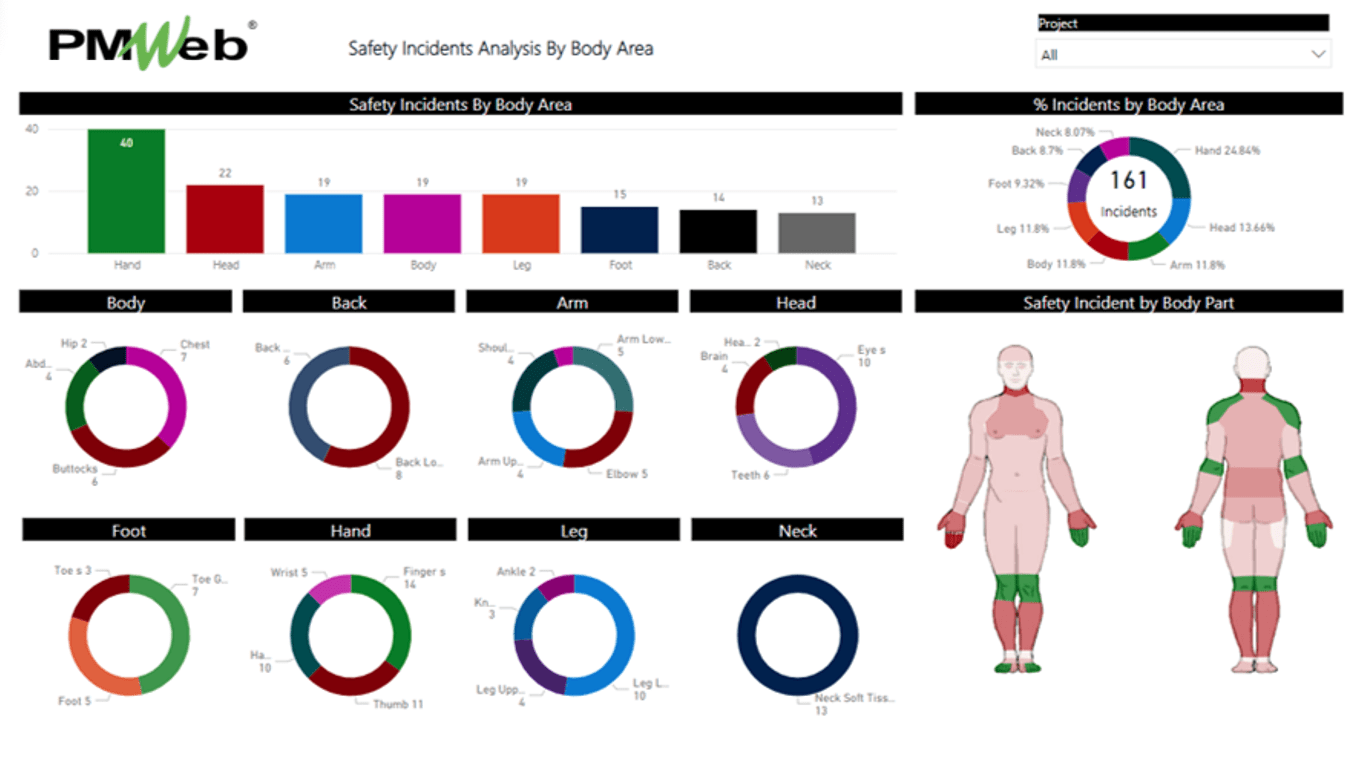
For each data captured in those reports, the record or transaction that was the source of this data needs to be made available. For example, those could be the forms for safety incidents and daily reports. Those forms should be comprehensive in capturing all needed data. Of course, the transaction record could also have attachments like drawings, pictures, test certificates, hospital reports, police reports, and others.
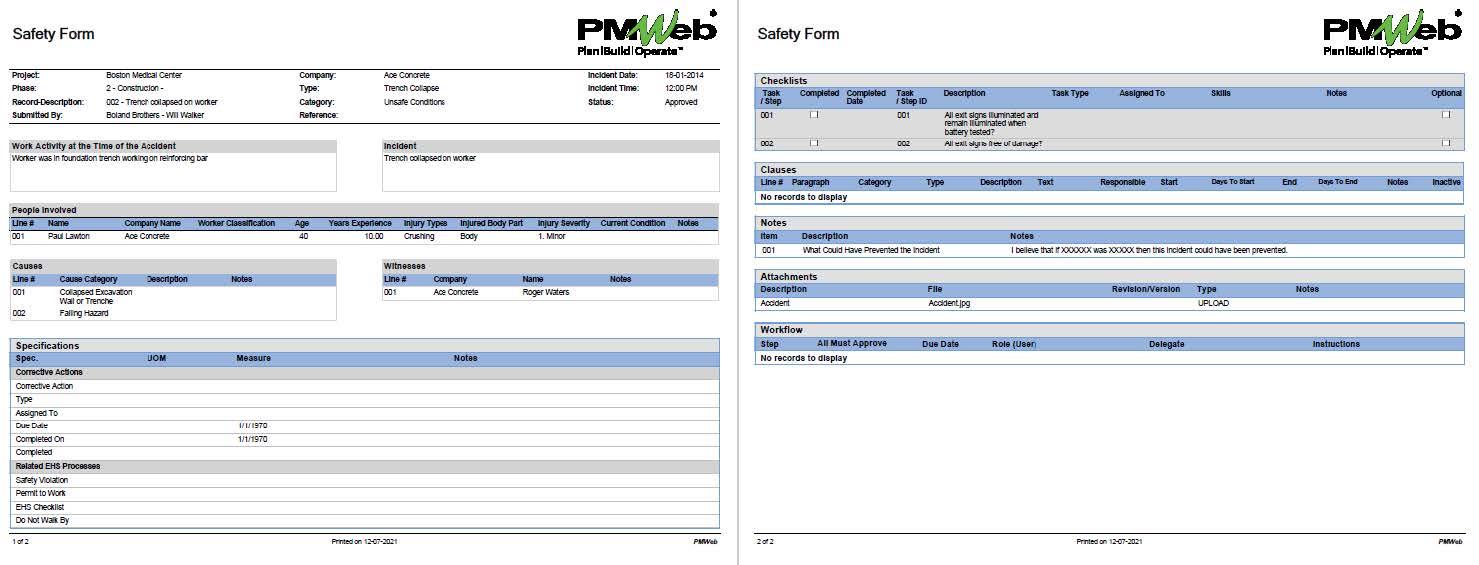
To establish transparency and accountability in providing the data for each transaction of each managed business process, a Project Management Information System (PMIS) like PMWeb needs to be used as the only platform to capture the needed data. This requires having input templates to enable the project team members to feed the needed data for all those transactions. Access rights for accessing those templates and even fields within each template will be aligned with the project’s responsibility matrix. An example of those input forms is the Safety Incident form. PMWeb default safety incident form has all the fields that are common to safety incidents as well as it provides the option to append the default form with all additional fields that could be required by each entity. For fields that are common to safety incidents, a predefined list of values can be created to ensure consistency in reporting safety incidents.
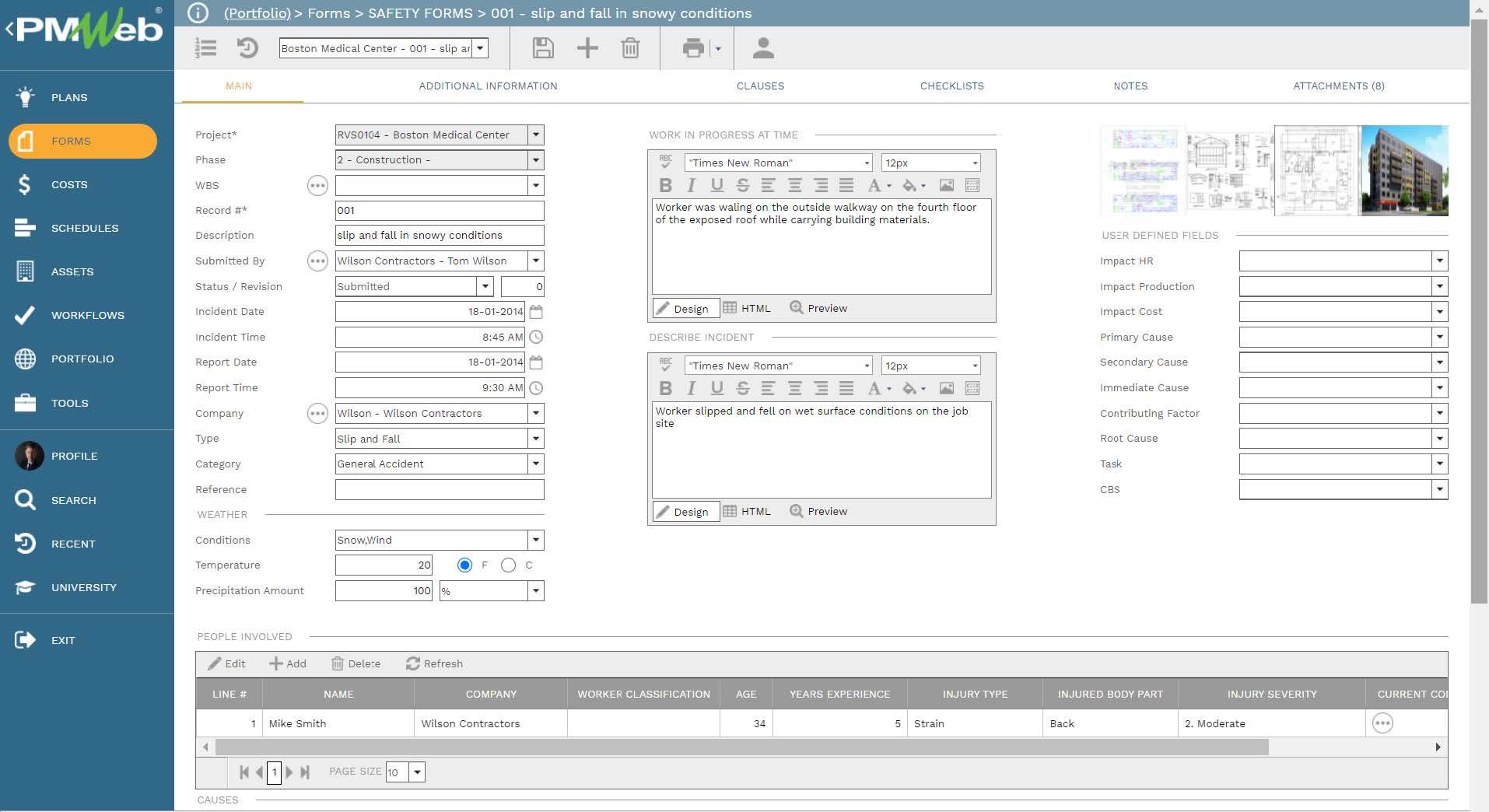
For all supportive documents needed to accompany the safety incident form, PMWeb allows attaching them to the safety incident form. Those could include pictures, police reports, hospital reports among others. To better explain those attached documents and in particular pictures, comments can be added.In addition, links to other relevant records of either the same business process or other business processes can also be added. Those could include for example Safety Violation, Non-Conformance Report, and others. There is also the option to add hyperlinks to the URL address of third-party websites.
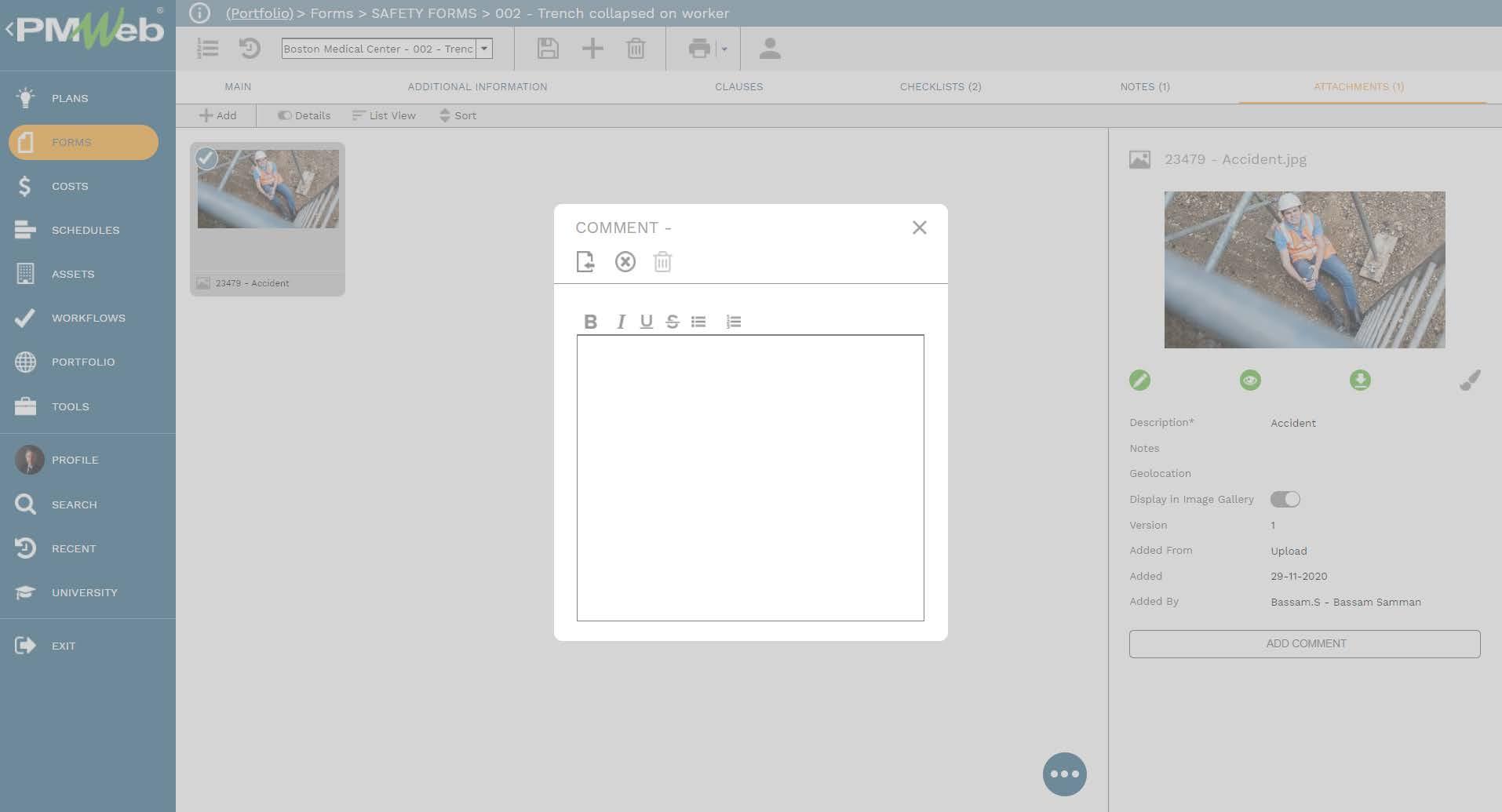
To establish accountability on what was reported in each transaction, who had reviewed it, and who had approved the transaction, PMWeb allows assigning a workflow for each business process. The workflow will capture the details of the submit, review, and approve tasks associated with each transaction. The workflow will also capture details of all comments made as well as the input of individuals who were invited to give their input on the transaction.
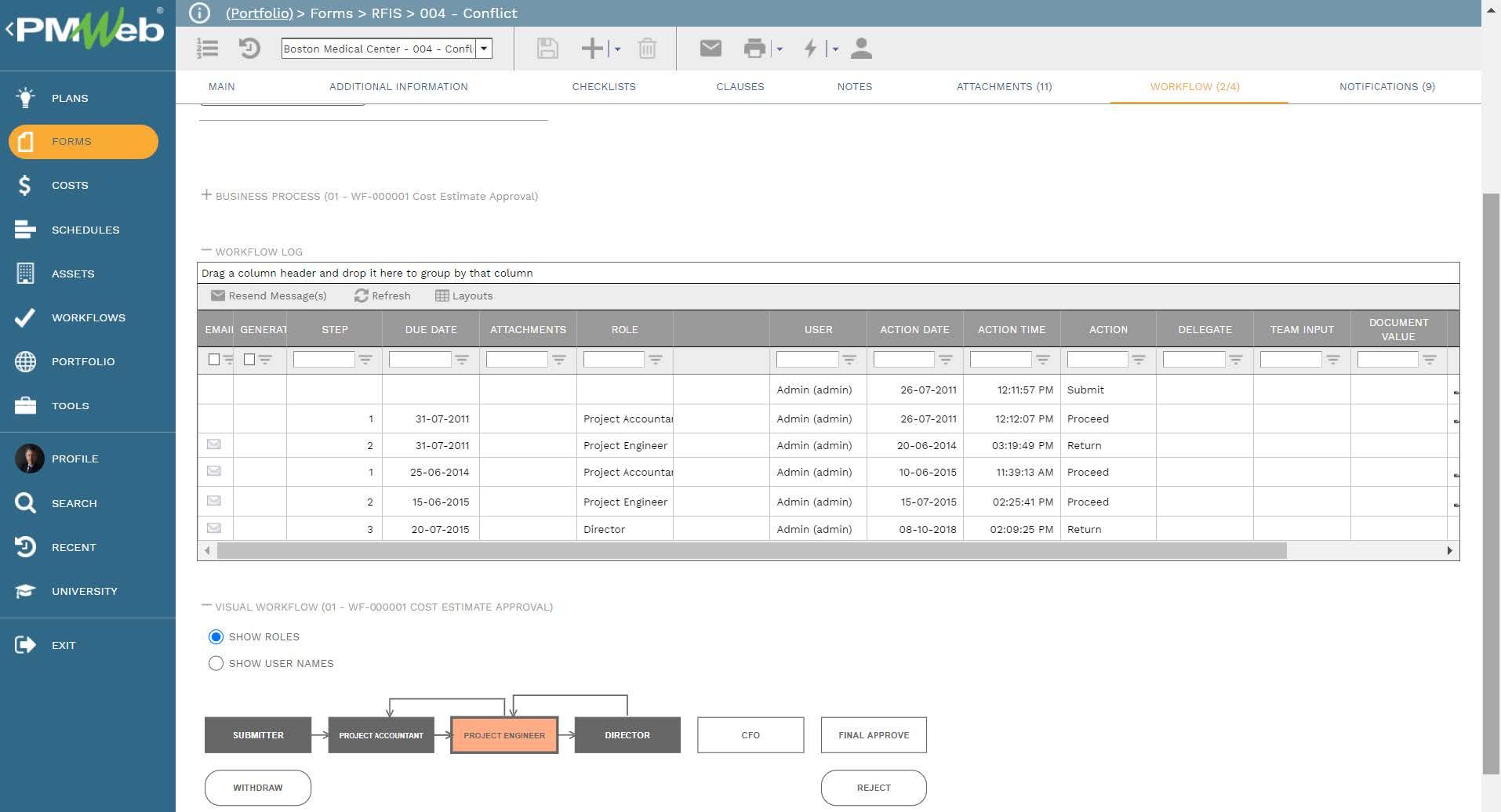
Since PMWeb provides a single platform to manage the complete projects’ portfolio that an entity could have, the captured data for each transaction of each business process managed in PMWeb across the complete projects’ portfolio will be captured and stored in a single database. Of course, there is also the option to have multiple databases for which each database will have different projects than the other databases. A requirement that is sometimes needed for large corporations where there is a need to separate the management of those databases.
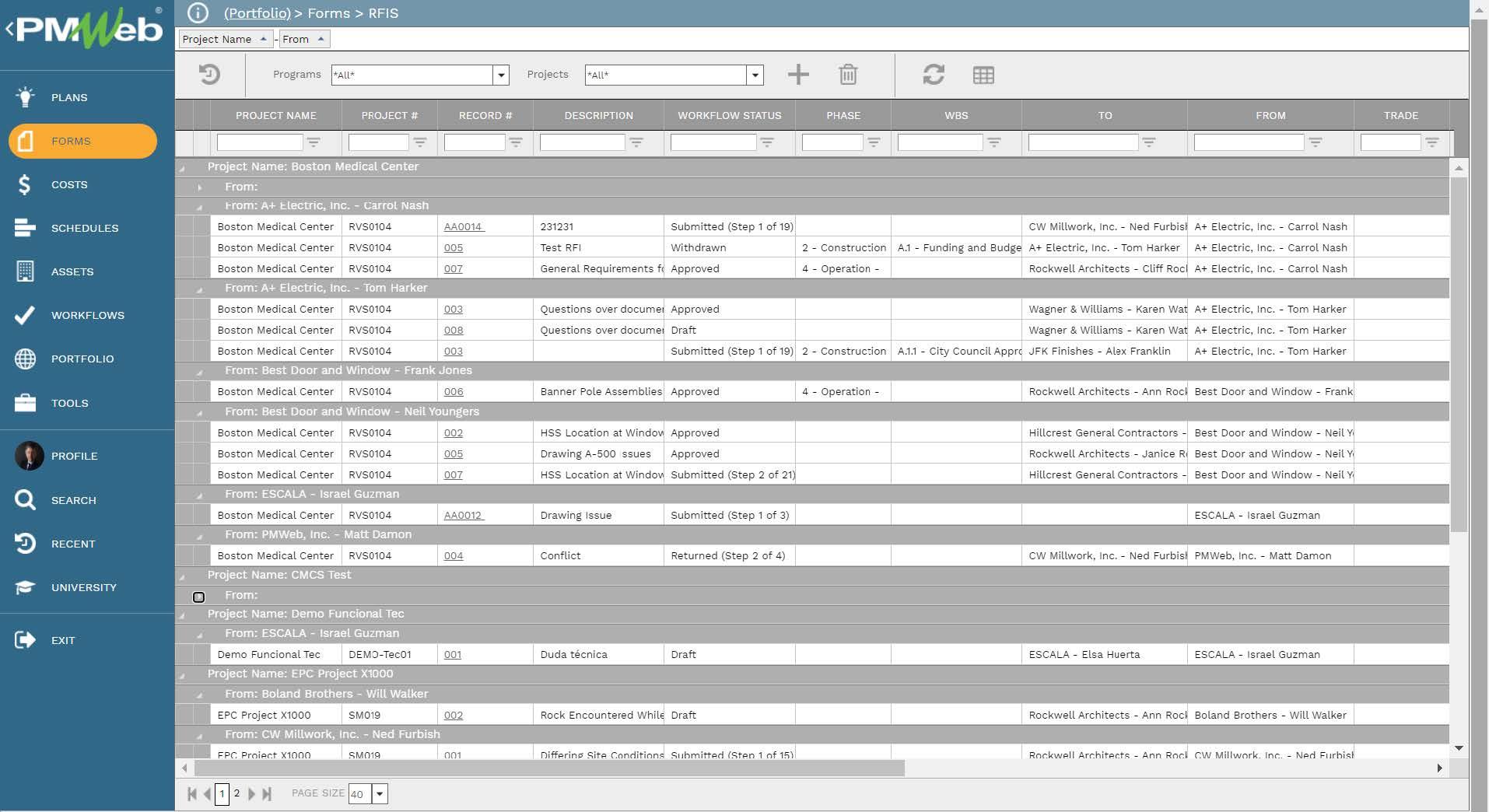
By having access to the performance data for all business processes managed on capital construction projects, whether on a single or multiple databases, executives can also have performance reports that are at program, projects’ portfolio, location, or other project attribute levels.
The presentation of those reports and dashboards can be improved by adding map visuals to show the locations of projects being delivered. The map visual will also enable executives to filter the reported data by the selected region or location.In addition, being a 100% web-enabled platform, executives can access all related projects’ performance reports and dashboards from anywhere and at any time. Those reports and dashboards will always show a single version of the truth as they all have access to the same data source.
